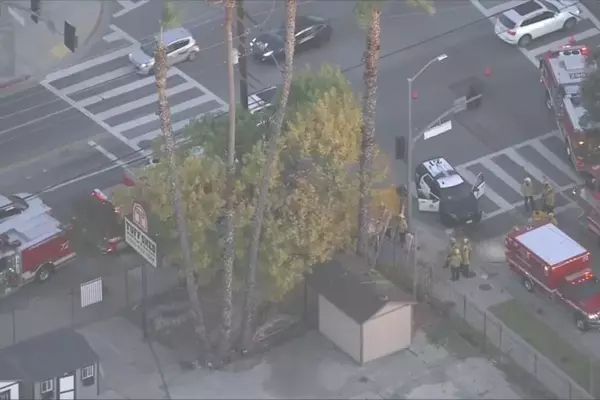Authorities are working to trace the source of a white spot detection after the highly contagious exotic prawn disease was found in New South Wales for the first time.
Also known as white spot syndrome virus, it affects prawns and other crustaceans including crabs, and has been detected on a prawn farm at Palmers Island near Yamba.
Australia's first outbreak of the exotic disease in 2016 decimated prawn farms on the Logan River in south-east Queensland.
NSW Agriculture Minister Dugald Saunders said the detection was identified during routine testing by the DPI Biosecurity team.
"We've worked with the prawn facility to destroy all of the infected prawns, dispose of that, and decontamination works are underway as well which is obviously causing a bit of grief for the owners there," he said.
"But also, the other important thing is to really do all of the notification for other prawn farms around that northern NSW area and reminding all of them to be really diligent right now around biosecurity."
Mr Saunders said around 400 prawns had been destroyed.
White spot is now endemic in wild prawn populations in the Moreton Bay area.
Since the outbreak in Queensland, the NSW Government has had movement restrictions in place to limit the risk of white spot crossing the border.
Mr Saunders said he was confident the detection had been contained but they still needed to identify the source of the white spot.
"The hope is that this hasn't spread and the team will now be working pretty diligently to make sure that all of the surveillance ... all of that tracing we need to do is done really quickly," he said.
Prawn industry on high alert
Australian Prawn Farmers Association executive officer Kim Hooper said the detection was extremely concerning.
"It's something we've been fearing for so long that it would raise its ugly head again," she said.
"The good news, if there is such a thing, though is that this particular family-run farm has very strong biosecurity measures in place and the detection of white spot in the broodstock in the hatchery is because they've done everything right. "
Ms Hooper said broodstock was collected from the wild in a number of spots but that was traceable.
"All broodstock that is stocked into farms are tested, which is what's occurred here where they found it," she said.
"At the moment our hatcheries are stocking, and there has been absolutely no detection of white spot in any other animal at this point.
"The fact that it's in a hatchery, and is in a very controlled environment, it's not something that appears to have come in onto the farm from the water, is really important."
The prawn farm is one of a number on Palmers Island devastated by the catastrophic floods earlier this year.
"They've built the farm back up again, put all these biosecurity measures back in again and then something like this happens. It is really devastating and we just we feel so much for them," Ms Hooper said.
"So hopefully the community can all rally around and support each other, both farms and wild catch, I'm sure they are, but at this point it's just so upsetting."
While the disease can result in the rapid mortality of farmed prawns, the product is safe for human consumption.
"It's important to note that white spot is not harmful to human health in any way, shape, or form, it is just devastating to crustaceans and the industry," Ms Hooper said.
Editor's note 26/8: This story initially quoted the Agriculture Minister stating a "couple of hundred thousand" prawns had been destroyed. The Minister's office has since clarified that it was 400 prawns and the ABC has updated the story accordingly.







